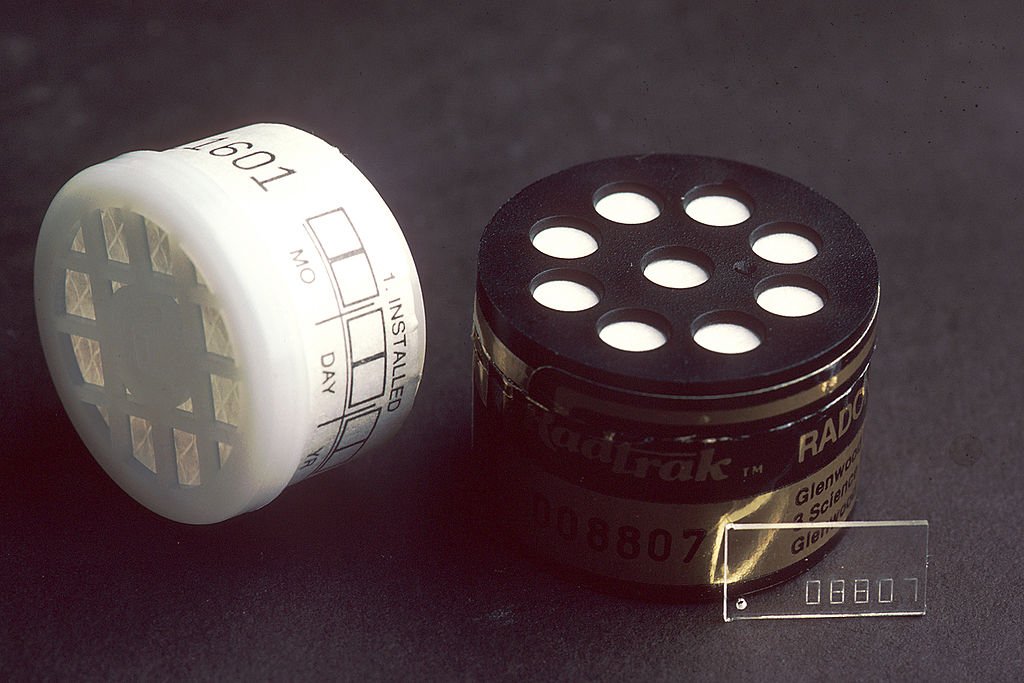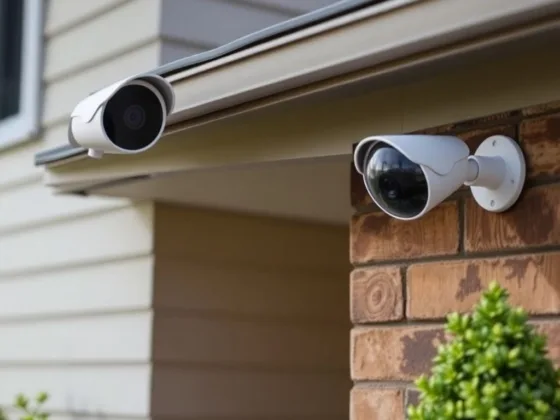Table of Contents Show
Radon is a radioactive gas that can be found everywhere across the US. It’s a byproduct of Uranium, and it comes about when the element undergoes decay with time. It’s worth noting that Radon is quite harmful and could potentially lead to the development of cancer.

You can’t see, smell nor touch Radon, and it can only be detected through tests. As a homeowner, having Radon Testing carried out before moving in could be a thin line between life and death.
How It Gets into Your Home
Since Radon naturally occurs in the soil, it infiltrates into your home though:
- Pores in the concrete floor
- Construction joints,
- Water supply
- Cavities inside walls
- Gaps within service pipes
- Gaps in suspended floors
Once in your home, it mixes with the air, and you breathe it into your lungs. As per EPA data, 21,000 Americans die from lung cancer as a result of coming into contact with Radon, and nearly 2, 900 of these cases have never smoked cigarettes.
Radon has been warned as the second leading cause of lung cancer in the US by the Surgeon General.
EPA’s Recommendation
As previously stated, you can’t see, touch, or smell Radon. And with its extensive spread across the US, its minute traces can be found virtually anywhere.
Undertaking Radon Testing is simple and only takes a fraction of your time. It’s essential to always test all homes below the third floor for Radon.
If you are looking to purchase a home, the EPA and Surgeon generally recommend that you find out what the indoor levels are before purchasing. You can do this by asking the seller about the test result.
Too many potential buyers or tenants, these tests are a deal-breaker. This is why the homeowners will go the extra mile to ensure that they have negative radon tests, and they will gladly share with any potential tenant or buyer.
How to Test Your Home
Amounts of Radon in the air are measured in picocuries per liter of air (pCi/L). There are numerous DIY test kits that you can purchase and receive via mail or even at the nearest hardware store. When buying the kits, always ensure that they are EPA approved.
If you’re uncomfortable carrying out the test for whichever reason, there are certified professionals who can help. To get in touch with one, visit your state radon offices.
You could also visit https://www.epa.gov/radon/find-radon-test-kit-or-measurement-and-mitigation-professional for further details.
Short Term Test
If you are in a rush and require results ASAP, a short-term test could be carried out. The Radon Testing period varies from 2 to 90 days.
Unfortunately, radon levels vary from day to day as well as season to season. This method won’t help you draw a clear picture of what to expect across the entire year.
Long Term Test
These test results are more definitive than previous ones, and if you are looking to purchase or move into a home for the long-term, it is best to rely on later results than the former.
The good news is that should you find medium to even high traces of Radon in your home, there are means of reducing the levels to the EPA recommended ones.
On that note, you must take care of your health and get the home tested before moving in or purchasing. If you want to secure your family safety, you can hire certified radon professionals.









